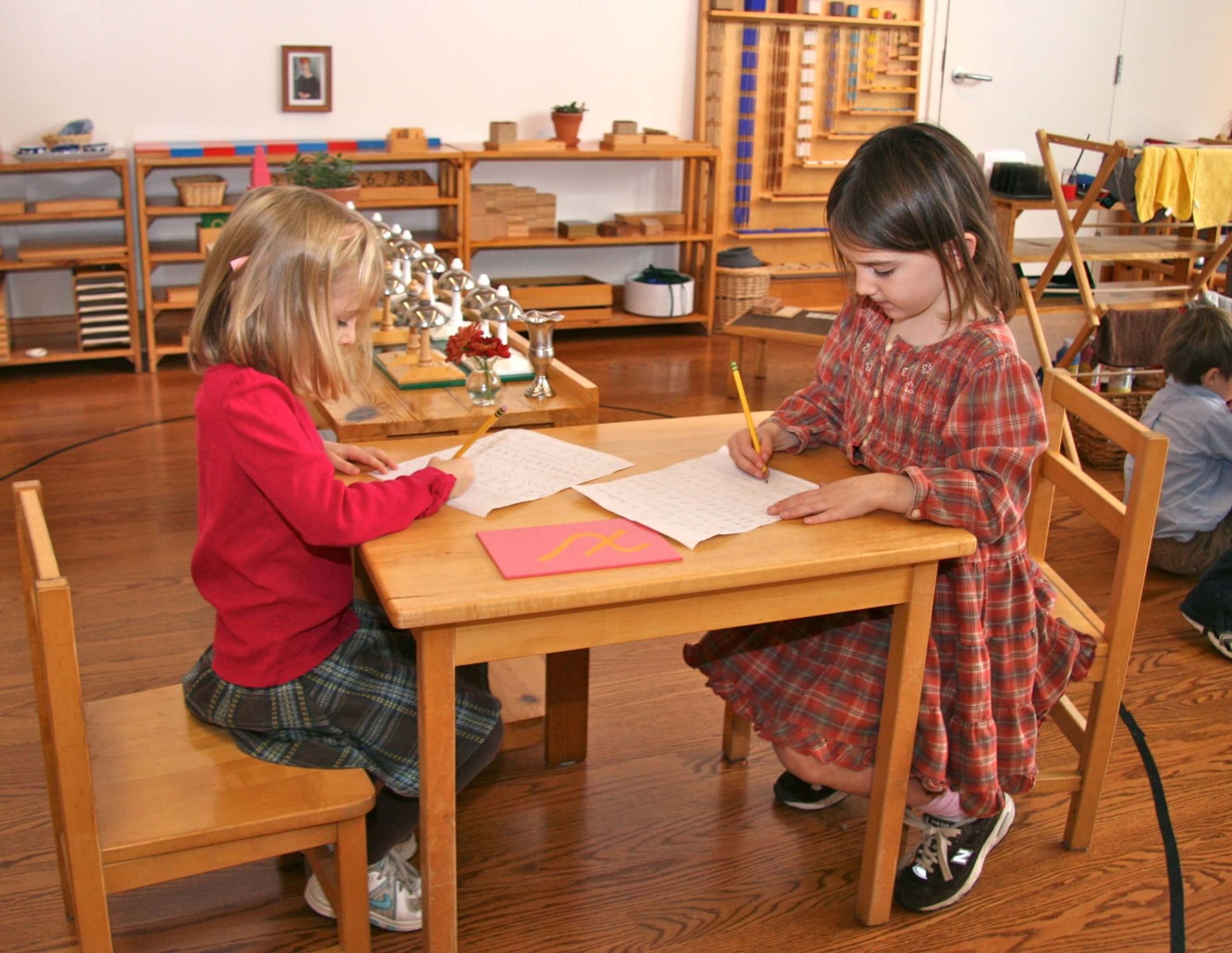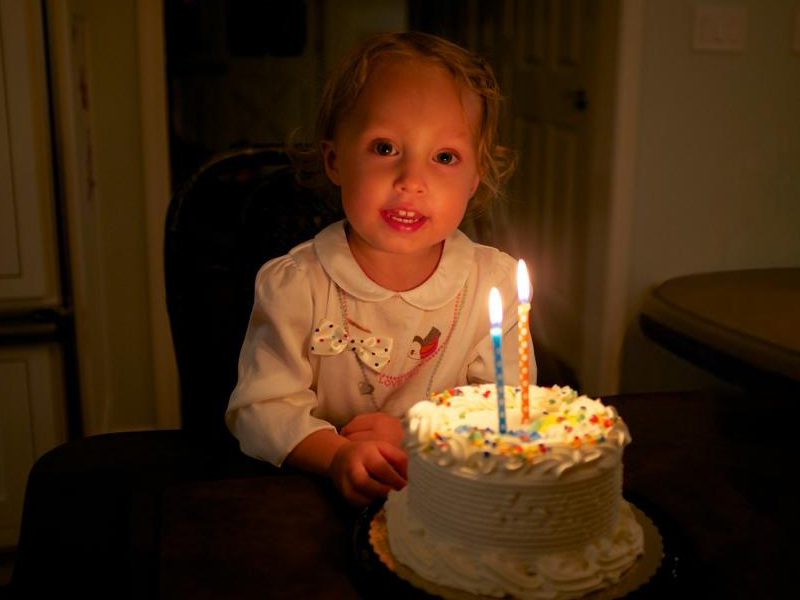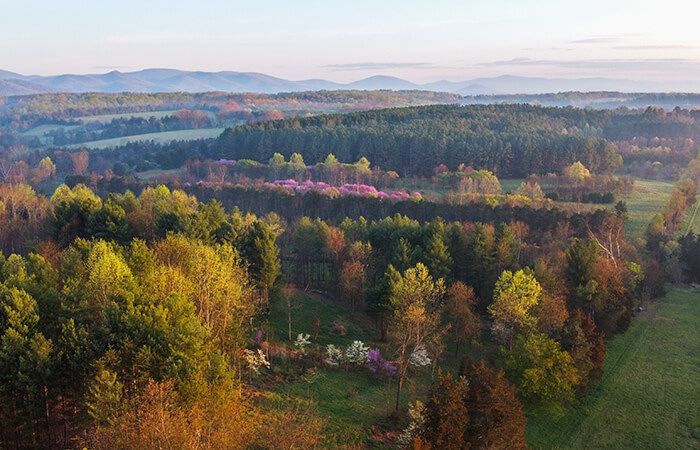
I can honestly say that my heart has never felt more filled with wonder at this world or gratitude for human life within it. As I took my dogs out at 6 o’clock this morning, my first sight was of the full moon, still completely visible through the tree’s bare branches beyond the pond and pasture. When I turned east back toward the house, the brilliant red beams of the rising sun were just peeking through the tree limbs to the east; the moon and the sun at once! A glorious sight I had never seen at our house before. Then I received an image on my iPhone sent by my doctor son-in-law of the Virginia countryside by his home. He had taken it with his drone. Human ingenuity throughout the ages has brought us such wonder! Scientists around the globe, working together to defeat a common enemy to our health; inventions that boggle the mind, owned and operated by individual citizens; and the beauty of the earth that out of the darkness of winter each year brings us the light of spring in all its glory. Truly we are the most blessed of all the peoples who yet have lived!

True, right now we are facing an enormous challenge, one that seemingly arrived out of nowhere, COVID19, a shock to our daily existence; all turned upside down in a nanosecond. Here is how a young mother explained to me what parents are experiencing:
There is fear and anxiety. People are coming to terms with the idea that school might not be back in session until September. They feel overwhelmed by how to carry on their children’s academics. They are anxious about getting their own work done. And there is a general fear—that the world might be falling apart, that we brought these children to the earth, and now the unknowns of its future are right in front of us. It’s unsettling not to have our usual routines and sources of comfort.
And I think most people realize that they have to manage their own emotions because the home is a small space, and we don’t want to overflow on our children. Everyone is doing their best, but everyone is tired, too. My husband, now working from home and not at all prone to anxiety, said, “I am so much more tired than I should be for what I have done each day. It shows how much all this is weighing on my subconscious.” It is telling that he is carrying this, too.
And so we are for the near future in a time of great darkness. How do we get back to the light, to the hope and joy of the lives that we had been living? It brings to mind my father, and one of my earliest memories. He is sitting in his big armchair, home all day now in the Great Depression of the 1930s, reading and writing, a tension about him, thinking and looking distant. By the time I was six years old, I understood that he was not only worried about my brother, mother, and me. The responsibility for the families of the thirty employees in his small machine tool shop in Dayton, Ohio, weighed heavily on his mind, too.
I remember too from this time, my beloved brother, a year and a half older than I, sneaking out of his bedroom in his pajamas, and racing through the snow, barefooted, to his friend’s house next door. I knew this was terribly wrong of him because he had been put to bed with a sore throat, but I did not tell my mother. It was not long, however, before my anxious mother was returning home with him in tow, the memory made vivid for me because he got hot lemonade as medicine and I did not! In those days, before penicillin, antibiotics, and vaccines for childhood diseases, every cold, sore throat, and stomach ache was treated with the strictest bed rest. In spite of my mother’s vigilance—healthy diet, precise sleep and rest schedule, daily outdoor exercise and play—I spent days of quarantine at home for measles, mumps, whooping cough, and scarlet fever, mostly because of my brother who seemed to catch everything while I managed only to have chickenpox.
There were other periods of quarantine, too, and they were more frightening. When I was in the fifth grade, my whole class was quarantined for weeks. One of our classmates, who had appeared well and healthy when we were last with her in the afternoon, died that same night in the hospital from meningitis, a period of nine hours from onset to death. Both saddened and frightened, we talked on the phone with each other, and described the dreams we were having that she came alive again in some form that we could see, half believing that they could be true. After the weeks of quarantine were over, her mother invited us to a memorial “birthday party” for her where we were asked to sing Happy Birthday before an urn of her ashes. Even as a child, I knew that what we were doing—what for us as children was a bizarre event—was meant to console this mother in her anguish for her only daughter.
The health threat that frightened us most, however, was polio. During an epidemic, there were whole summers of closed swimming pools, movie theaters, camps, and parks—and no friends to play with. We were frightened by the risk of paralysis and being put in an iron lung, trapped and immobile.
And then one day, there was a new fear. I was at the riding stable when an older friend’s mother arrived with the news that bombs had been dropped on Pearl Harbor. At home that night, and throughout World War II, we listened to the radio, following the news of defeats and victories, bombings and devastation.
I also remember my dad, a 5’2” bundle of energy and purpose, striding down the hallway at 6 o’clock in the mornings to wake my brother and me, singing the words of a hymn from his childhood, “Awake for the dawn is breaking….” Then he was off and out the driveway to his factory and its, by now, hundreds of employees.
Close to the war’s end, I remember the ceremony when my father and his factory’s workers were given the Army/Navy E Award for supplying “precision aire” gauges for measuring airplane parts (to the thousandths of an inch for the first time in history) and a vital contribution to the Allied victories in Europe and eventually Japan. In 1947, my father took us along with him on a business trip to Europe that included a visit to English friends of our family. They had children the same ages as my brother and me. Sharing meals with them, we experienced how little food they had—and of what poor quality—even now two years after the war was over. We listened to their stories of the London bombings, and witnessed the devastation for ourselves as we drove through streets still piled high with rubble and the remains of demolished buildings. Just now I have finished a book about Great Britain in the first years of the war entitled The Splendid and the Vile by Erik Larson. I recommend it as an inspiring read in this moment of challenge in our own times.
By now, I was sixteen years old, and had spent the whole of my childhood and early adulthood in an economic depression, a war, and the aftermath of the war. The fear and darkness of our present time have called up these few memories of sadness and anxiety from my youth. But they are not truly representative of what occupies my mind today when I think of my childhood. It is memories of the light in life that are the strongest ones, and most often in my mind. I am reminded that we make a decision in every moment of what we choose to let our minds dwell on. In the words of the psychologist, Dan Baker, “We don’t describe the world we see. We see the world we describe.”
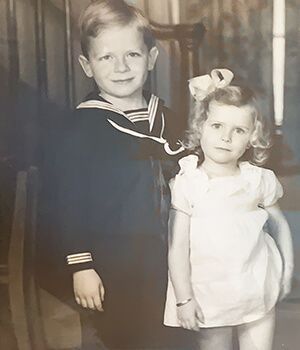
If we want to have happy lives, it is important to remember this truth and so I want to mention what I think of first when I remember my childhood. It is the games that my brother and I played indoors and out: cards all over the living room floor, depicting airplanes or routes for cars to follow through; Tinker Toy and Lincoln Log constructions; wooden bird houses made with the jigsaw, hammer, and nails; and paint in our basement workshop. Outside we dammed up the streams in the woods by our house with mud, leaves, and stones to make “lakes” for rafts and boats of sticks and “villages” of rocks, peopled with imaginary characters who had adventures of all kinds. We built tree houses in trees on a hill by our house, read books there, drew and sketched the landscape, and “spied” on the activities of the adults below us. All was exploration, imagination, and earnest activity of the kind that children thrive on. I don’t remember the adults being present at any such time, but perhaps they were watching from afar.
I do remember my mother reading to us every day, though: Bible stories, Tom Sawyer and Huckleberry Finn, Treasure Island and other classics, books about heroes of all kinds, and a series about young boys and girls surviving through hardship. I remember that my favorite of the latter was entitled Rough and Ready. My mother also told us stories of her own childhood—one of hardship—but nevertheless one that had a happy ending, as we could see for ourselves that she was happy in her love for our father and for ourselves.
One of my mother’s stories had a lasting impression on me. She told me the story she’d been told about my grandmother giving birth to her, her first child, all by herself, while my grandfather rushed from their farmhouse through the night with his horse and buggy to fetch the doctor some miles away.
(When later I asked my grandmother how she managed what seemed so frightening to me, as a child who thought she wanted twelve—yes TWELVE—children of her own when she grew up, my grandmother said in these exact words, “I always figured that I could do whatever my mother had done.”)
I have said that my mother described her life as one of hardship. That was, in part, because her early life was filled with the hard work of a farm household in those days: washing, drying, making and mending clothes, cleaning, sweeping and scrubbing floors, cooking, baking, canning and preparing food, growing vegetables, milking cows, and tending to chickens.
Mother even had picked cotton in the fields of Oklahoma for a year. Grandfather took the family there because his sister claimed to be having success drilling for oil. After a few years of no oil, and, I am certain, harassing by my grandmother (she was a strong person), the family returned to Ohio and my grandfather went to work for the National Cash Register Co. (NCR). Every spring he would talk about the crops in the farms outside Dayton and how high the corn was growing. Once I asked him if he missed his farming days. He said in a wistful voice, “It was never the same after we started using tractors.” Clearly, he and his horse, ploughing the fields together in solitude and quiet, had been important to him.
These are real events of the past that happened during my childhood, but events in themselves are not the lasting part of anyone’s life. It is the intangibles that accompany events that are lasting. It is the intangibles of life—love, courage, optimism, a sense of freedom—that see us through life’s challenges and give us a glimpse of a deeper level of reality than we can ever fully comprehend or articulate. It is these intangibles that my parents managed to make real for my brother and me as children. Somehow in our home there was always a prevailing mood of energy and confidence, a feeling of “We can do this.” The result was that we were not afraid to grow up. The world to us appeared as an exciting place, full of possibilities. We felt, too, that we had a part to play in it that was ours alone, with its own tasks and challenges to face. I think that my parents accomplished this solid base for us in our childhood by recognizing that adults cannot give any quality or knowledge to children directly, trying to shove it into the mind and soul from the outside.
Churchill said it best when he was praised for giving the British people courage in the first year of World War II. He replied that he had not given them courage. Rather, he had helped them to find their own courage, implying that it was there all the time, waiting for them to discover it.
So it is for all of us as parents—and teachers, too—to understand that our role is to help our children discover within themselves their God-given gifts of the human intellect and spirit, their curiosity and thirst for knowledge about the world, their ability to love and forgive others (as well as themselves), and above all, and especially in the darkest of times, to rouse the courage and optimism within them. You are bringing these intangibles—this deeper level of reality—into your homes for yourselves and your children in these times of significant stress: by not expecting too much of yourselves or others, including your own children; creating homes where kindness and patience prevail; and where appreciation for our lives and the lives of others is expressed by word and action.
As the American philosopher and psychologist William James (who had much influence on Maria Montessori) has written, “The deepest principle of human nature is the craving to be appreciated.” I feel this deep appreciation for each of you as parents who are helping us to build a school community worthy of the children entrusted to us at Forest Bluff. I am also filled with admiration and appreciation for all of those who in this most trying time are showing the greatest possible dedication, energy, and ingenuity in meeting the needs of our special community: our Forest Bluff Directors, Head of School, other members of our leadership team, classroom assistants, and our office and maintenance personnel (Cindy, Trish, and Steve). And to our children, my appreciation and love know no bounds. Just as Montessori said, you are truly “the hope and promise of humankind.”
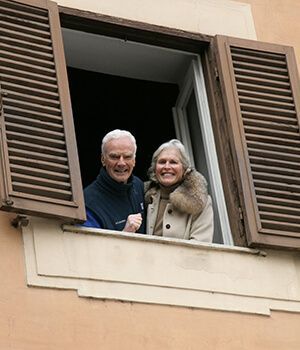
Let us use this present opportunity to spend our time and energies in devotion to our children, helping them to understand that life expects much of each of us but that with God’s help, we have the courage to meet its ongoing challenges. In these most difficult times, the intangibles within us enable us to grow in the knowledge and love of our world and human life within it, and thus travel through darkness into the Light.
God bless you and your children, and know you are in my prayers and are part of my heart forever.

